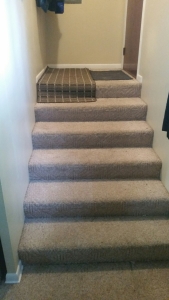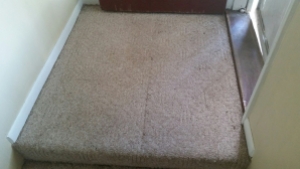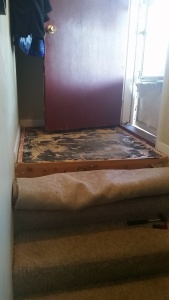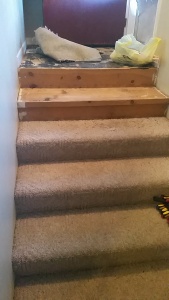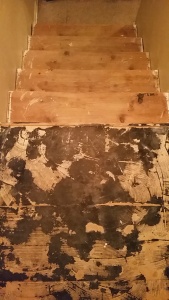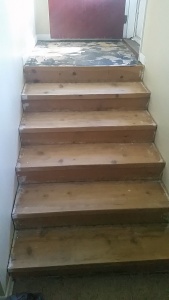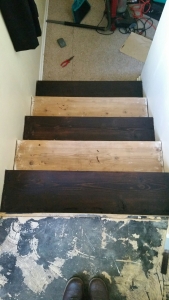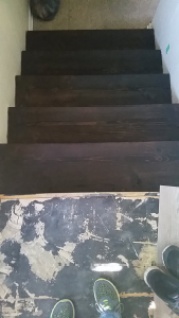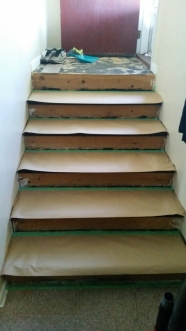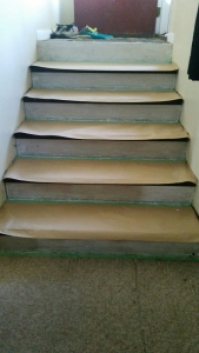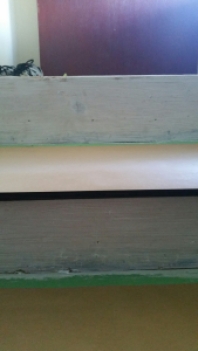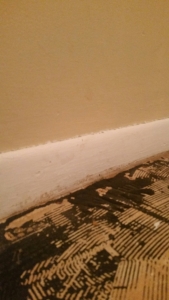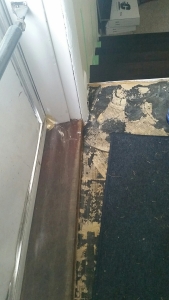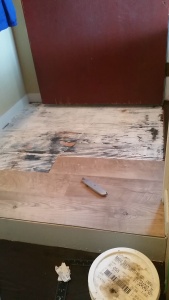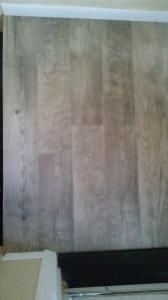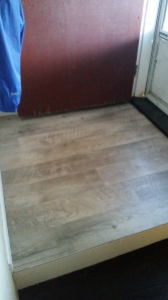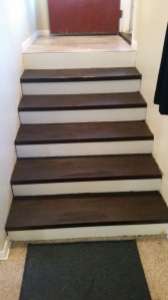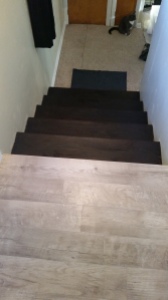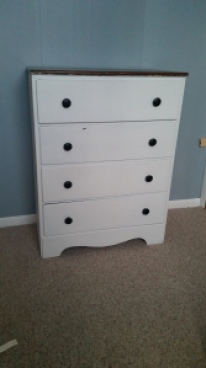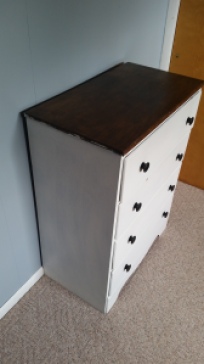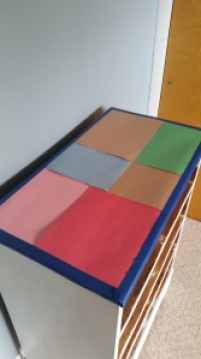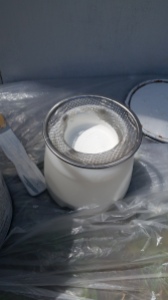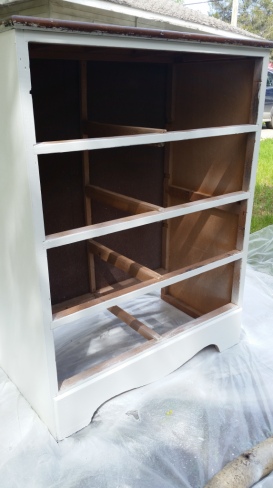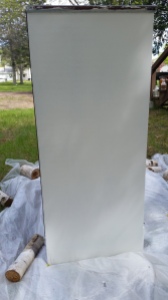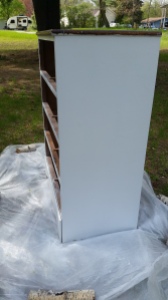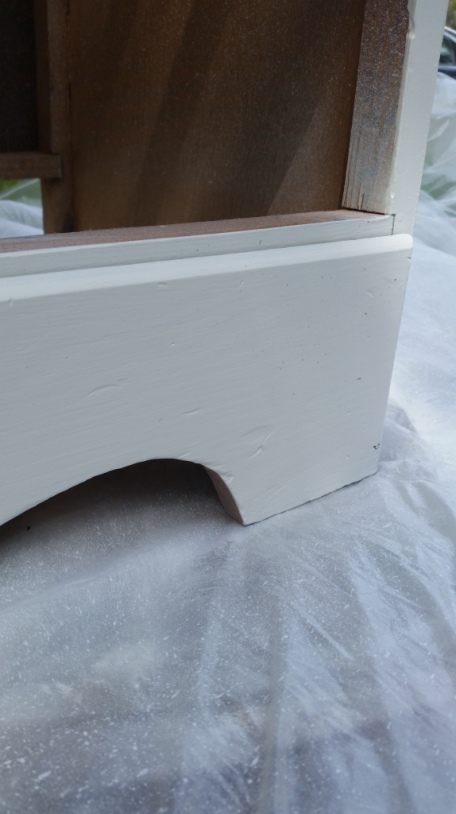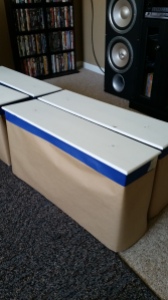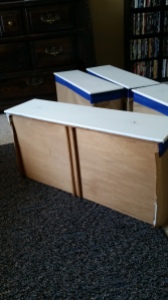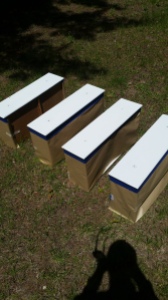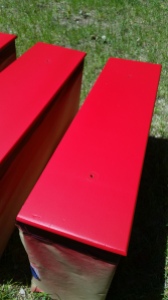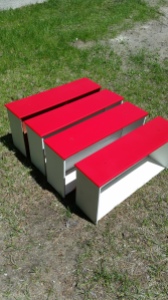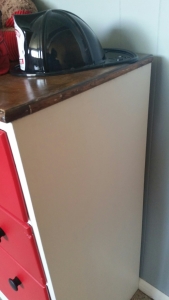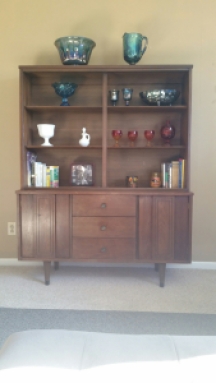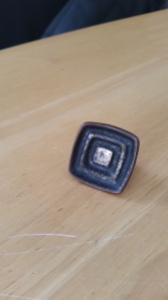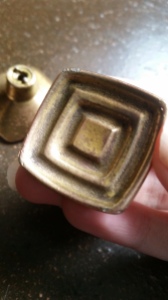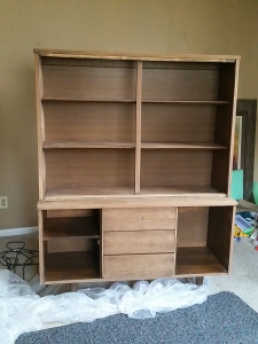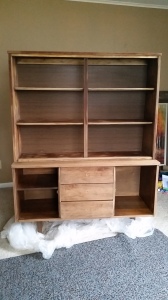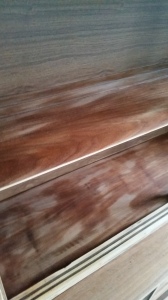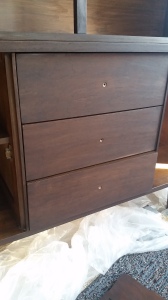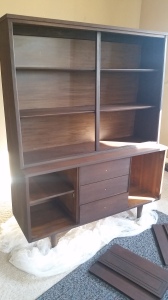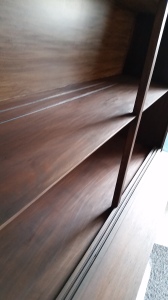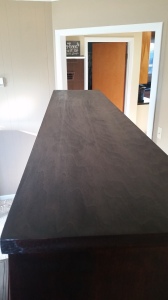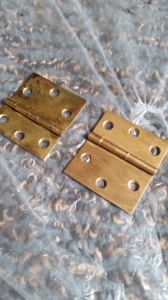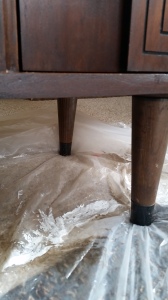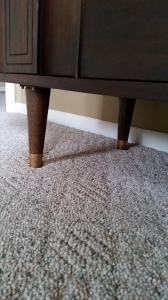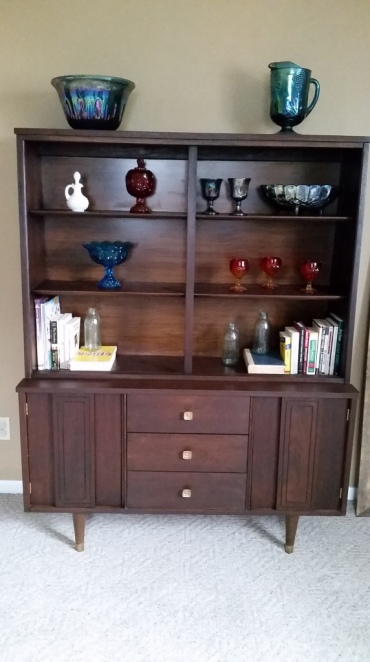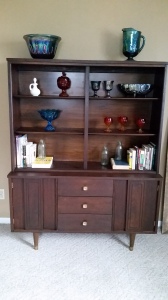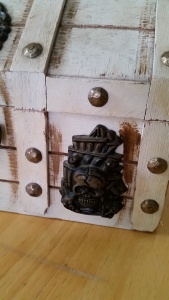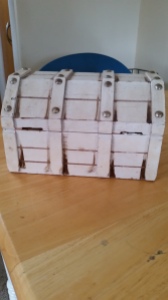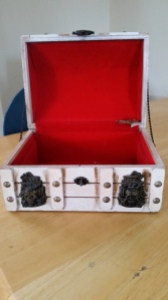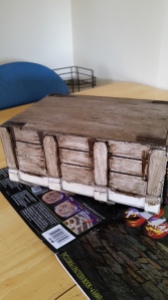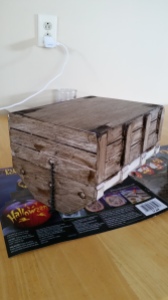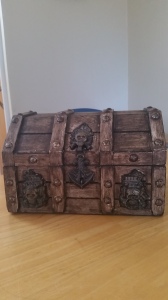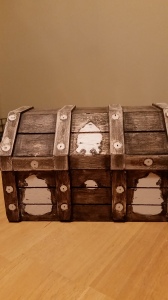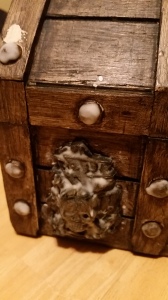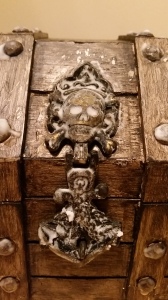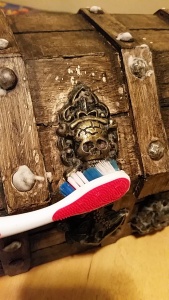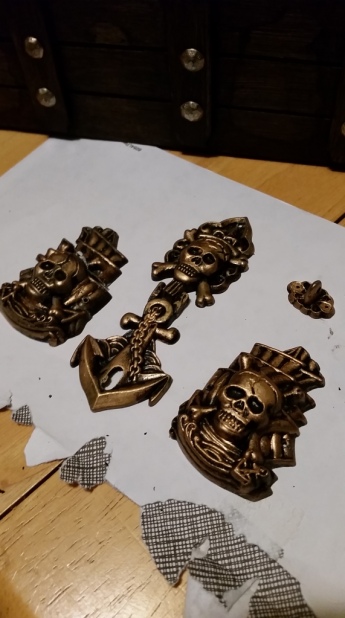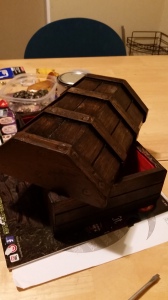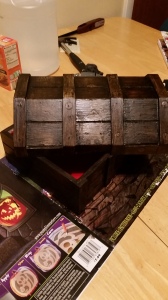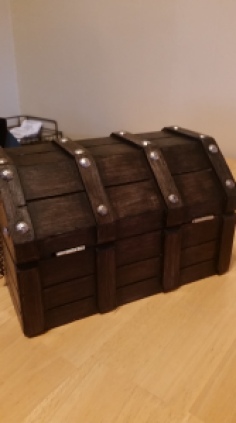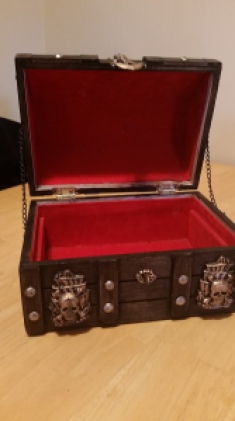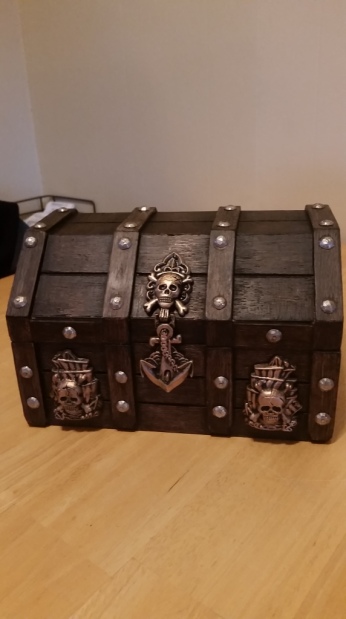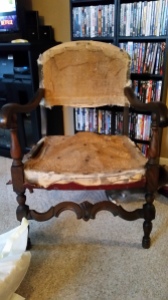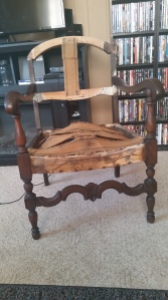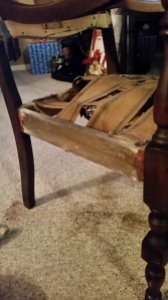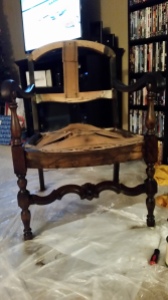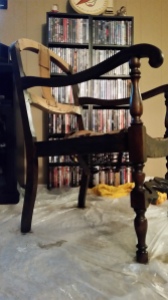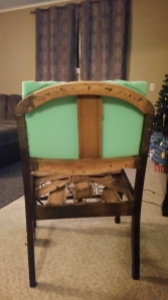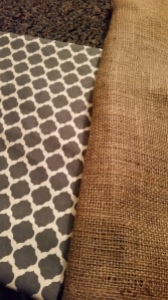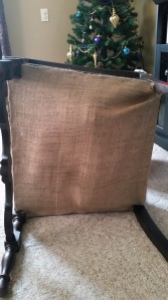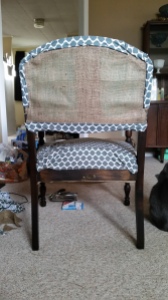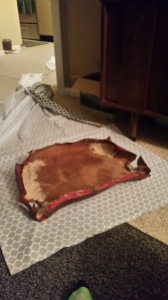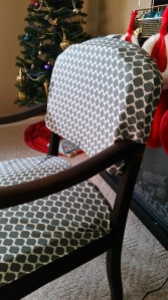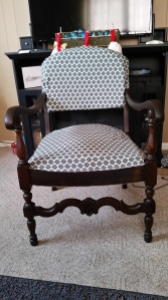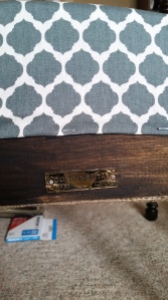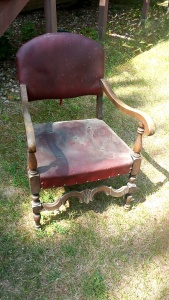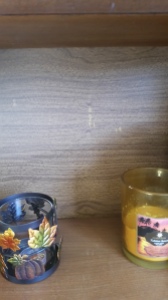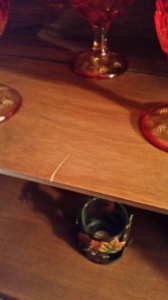Sometimes we tackle projects because we want to test out a new idea, or spend some time doing something we enjoy, but we don’t necessarily expect them to be easy or quick. Other times we know a project will make a big impact in our home but we don’t want to have all the fuss that goes with it, so we put it off.
One of my friends, Jake, has two dressers that didn’t go with the rest of the pieces he owns, so last spring we began throwing around ideas on how to refinish them. The project kept getting put off because we’re both busy people, and we had to be creative in figuring out a decent workspace.
Now Jake is moving to Chicago in less than a month, so I knew we needed to get our act together and get this project done. I wanted him to be able to have furniture he loves to take with him to a new place and have a fresh start.
While doing this project, I was conscious about the things that make a project less daunting, and these are the 5 tips I wanted to share with you!
1. Listen to Your Piece
This first tip I think really applies to houses, but can also apply to furniture as well. In a house, we take clues from the architecture to guide us to different design choices. I think in some ways furniture does the same thing. Maybe this is me justifying laziness, but after a while it becomes clear how I want to refinish a piece. Whether it’s paint, stain, fun details, or new hardware.
This time I didn’t have the furniture in my house to stare at nonstop so it was a little trickier. Jake didn’t really know what his style was, or more accurately how to explain it. To find the best fit, I took cues from the other objects he has in his apartment. He likes clean lines, silver metals, and doesn’t mind dark colors. Overall, he’s drawn to a crisp look with some texture thrown in here and there.

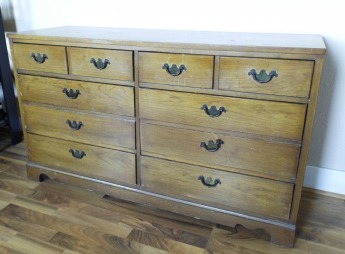
As you can see, both dressers have outdated hardware that doesn’t go along with Jake’s aesthetic. One of the first things we decided was to replace the hardware with matching hardware for both dressers.
The dressers don’t have anywhere close to the same style so I thought it made the most sense to paint them different colors. I knew I wanted to use General Finishes and Jake decided seagull gray milk paint for the tall dresser, and midnight blue chalk style paint for the long dresser.
2. Use Sprayer Without Paint
After sanding the tall dresser I kind of hit a wall of oh crap how are we going to get all the dust out of these details? And then I was like oh! Canned air. And then I was like OH. I can just use my sprayer without paint to do the same thing.
I’ve never heard of anyone else doing this so maybe it’s just too obvious to blog about, but it was definitely an aha moment for me.
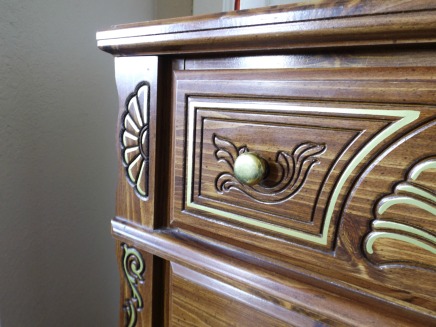
3. Paint Consistency and Spraying Technique
I didn’t have any issues with the long dresser, likely because that is the second one we painted. However, there were some flukes with the tall dresser painted with milk paint.
I have a HomeRight Finish Max HVLP sprayer and in the manual, it says to thin paint out so that it runs through the cup that comes with the sprayer in 25 to 40 seconds. When I timed it, my paint was running through closer to 25 seconds, but I was ending up with drip marks.
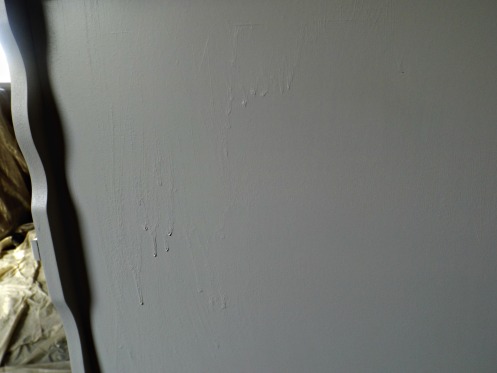
I didn’t troubleshoot all the possible issues, but I think it was because my paint seemed a little runny. It also could have been because I was applying too much paint at once and standing too close to the piece. These are some general rules I like to keep in mind when I’m spraying to avoid issues like this:
- Make sure your paint is a good consistency
- spray in even strokes, starting the spray away from the piece then moving across
- Let go of the trigger after each spray to avoid moving too quickly and creating areas with too much paint
- Don’t stand too close (or too far) from the piece. I generally stand about a foot or so away.
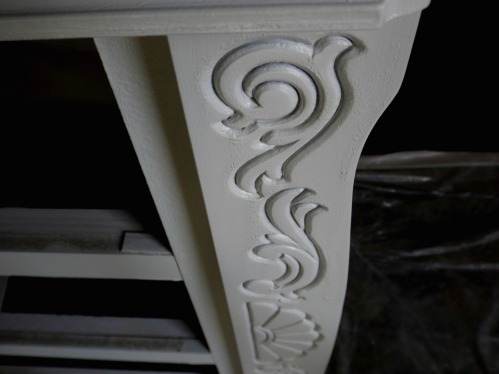
4. Fixing Mistakes, Don’t Panic!
However, if you do mess up (like I did) don’t freak out! Whether it’s drip marks, accidentally touching the wet paint, or dirt in wet paint these are all fixable. In spots like the ledges of the drawer frames I wiped drips off because it wasn’t going to affect the finish. In spots like the side of the dresser, I just left them to sand (gently) before doing another coat. It would also be beneficial to just tap the drip with your finger so you don’t have as much to sand out.
One of us also bumped the bottom corner but I left it that way because I didn’t want to put too much paint on one area and end up with even more drips. I think it’s just easier to apply more paint than have to sand it off and then apply more paint.
I didn’t get any dirt in the piece this time but that is a super easy fix. Just wait until the paint dries and knock it out with a dry cloth. This shouldn’t mess with the finish at all.
5. Work with a Friend!
Typically I do projects on my own at my own leisure unless I am frustrated and need help. In this case, I felt there was more of a time crunch with the big move coming really soon. I didn’t want the project to take any longer than necessary so Jake could focus on packing and making the transition to Chicago.
That being said, it was so much faster to have an extra set of hands throughout the entire process. It’s also great because you have someone else to blame if things go wrong. Just kidding… sort of. If you’re looking for a project to go smoothly and take less time, definitely enlist help.
The project start to finish took a weekend and I wasn’t completely drained by the end. We bought supplies Friday night and worked from about noon to seven on both Saturday and Sunday. So really we put in about 14 hours, maybe less, since I didn’t really account for eating. Although I don’t think we really had any down time for paint and wood filler to dry.
So there you have it! 5 easy tips to make painting simpler and hopefully to help you gain some motivation instead of putting a project off. Now what you’ve probably been waiting for… before and after photos!


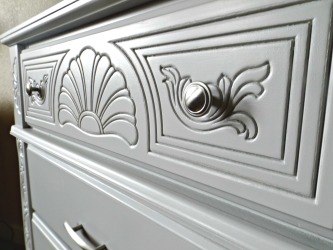


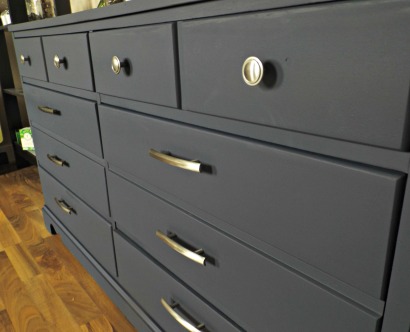
Have you ever tried any of these tips for painting furniture or have any other tips I didn’t mention? Let me know in the comments! 🙂
See You Around!
Lauren <3
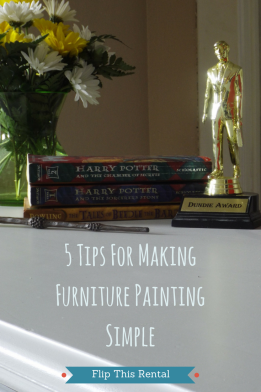
If you liked this post, you may also want to check out this post.

